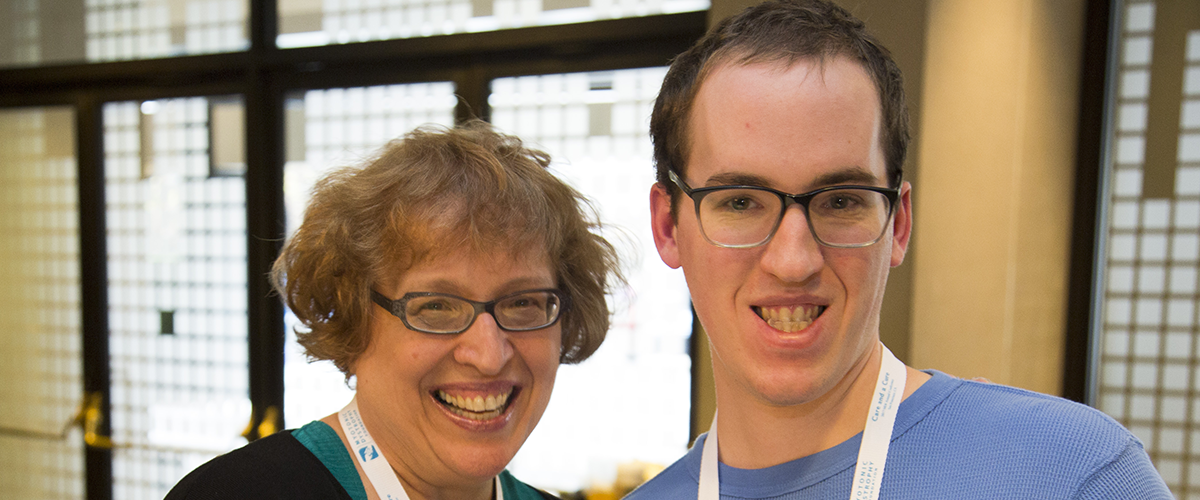It is important to understand how CTG repeat length is associated with the severity of myotonic dystrophy type 1. CTG is the type of trinucleotide repeat expansion found on the DPMK gene inherited by individuals with DM1. For individuals with myotonic dystrophy type 2, the expanded CCTG repeat is found in the CNBP gene.
- Individuals with mild or late onset DM1 typically have a CTG length of 50-150, often with age of onset over 50 years old with symptoms such as mild cataracts and mild weakness.
- Individuals with typical or adult onset DM1 have a CTG length of 150-1000, typically with age of onset in the teenage years and older, and symptoms such as early cataracts, weakness and myotonia.
- Children with childhood onset DM have a CTG length of 600-1200, with age of onset between 1 and 10 years old, commonly exhibiting symptoms such as intellectual impairment and GI distress.
- Babies with congenital onset DM have a CTG length of 800 or more, with age of onset at birth and exhibiting symptoms such as floppiness, breathing and feeding problems.
For individuals with adult-onset myotonic dystrophy type 2, in general, repeat lengths less than 28 are considered normal, while repeats greater than 75 up to 1,000 are associated with clinical symptoms such as myalgic pains, myotonia, hip and neck flexor muscle weakness, cataracts and cardiac arrhythmias.
For more information on the significance of CTG repeats, watch Dr. Darren Monckton's presentation Everything You Wanted to Know About CTG Repeats.

